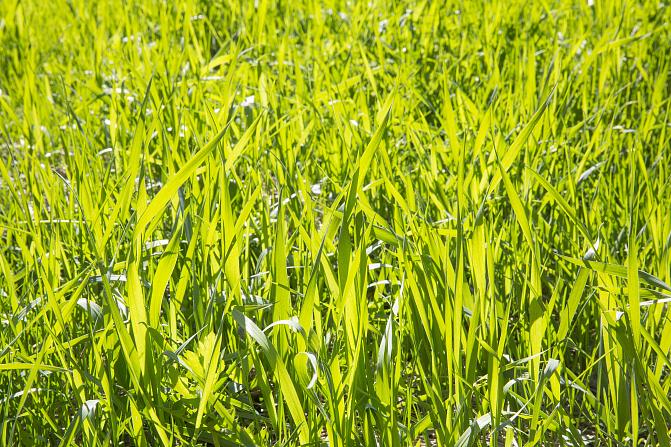
Carbon content in arable soil
On this page
The carbon content indicates the volume of organic matter in soil. More carbon is fixed to the soil than to aboveground vegetation. Compared with the atmosphere, the volume of carbon in soil is nearly two times higher. Even a minor change in the carbon content in soil may have an impact on the carbon dioxide content in the atmosphere and, therefore, on climate change.
Natural Resources Institute Finland (Luke) has been monitoring changes in the carbon content of arable land since 1974. Sampling is repeated for 1987, 1998, 2009 and 2018. The results for 1974 are not directly comparable with those for later years. Geographically, the network of samples covers the whole of Finland except the northernmost part. For the most recent sampling in 2018, there were approximately 650 plots. The numbers of sampling plots over the years are shown in the table below.
According to soil monitoring, the carbon content in topsoil has decreased by an average of 0.4 % per year in both mineral and organic soils. In mineral soils, the change is equivalent to a loss of about 220 kg of carbon per hectare per year. In organic soils, the decline in carbon stock is much greater than this. The decrease in carbon content deteriorates the soil structure and the ability of soil to withhold nutrients and moisture. In addition, emissions to the climate increase. Organic matter also maintains soil animals that are important considering the growth conditions of soil.
A field in good condition can act as a carbon sink if less humus disintegrates than is created from residual plant residues, manure and soil improvers. The carbon content in grasslands has decreased more slowly than in annual plants.
Throughout Finland, arable soils (0-15cm) contain approximately 161 MB of carbon, of which 117 MB is in mineral soils and the remainder is organic. Total mineral carbon is estimated to be about 300 MB.
Allow functional cookies to show the embedded graph.
Data collection
Description of the indicator
The indicator explains changes in the structure of arable soil. The carbon content in arable soil indicates the volume of organic matter in arable soil (humus content).
The volume of organic matter helps to assess the impact of different measures on maintaining and improving the productivity of soil.
The information required for the indicator is obtained from Luke's national monitoring survey (Valse survey) on the chemical state of arable soil. In the survey, Finland was divided into four parts (north, east, west and south) on the basis of natural variation in soil. The carbon content was measured separately regarding mineral soil and organic soil.
Sampling will next take place in about ten years. The numbers of sample plots for different years and the standard errors of the mean values are shown in the table below.
This indicator is one of the CAP impact indicators.
| Maalaji | Vuosi/Year/År | Keskivirhe/Standard error/Medelfel | Näytealojen lkm/Plots/Samplings | |||
| Kivennäismaa/Mineral | 1987 | 0,72 | 1058 | |||
| Kivennäismaa/Mineral | 1998 | 0,83 | 543 | |||
| Kivennäismaa/Mineral | 2009 | 0,78 | 448 | |||
| Kivennäismaa/Mineral | 2018 | 0,71 | 535 | |||
| Multamaa/Mull | 1987 | 6,86 | 95 | |||
| Multamaa/Mull | 1998 | 4,22 | 43 | |||
| Multamaa/Mull | 2009 | 5,42 | 39 | |||
| Multamaa/Mull | 2018 | 5,35 | 38 | |||
| Turvemaa/Peat/Torv | 1987 | 7,67 | 161 | |||
| Turvemaa/Peat/Torv | 1998 | 10,25 | 54 | |||
| Turvemaa/Peat/Torv | 2009 | 10,9 | 38 | |||
| Turvemaa/Peat/Torv | 2018 | 11,51 | 45 | |||
